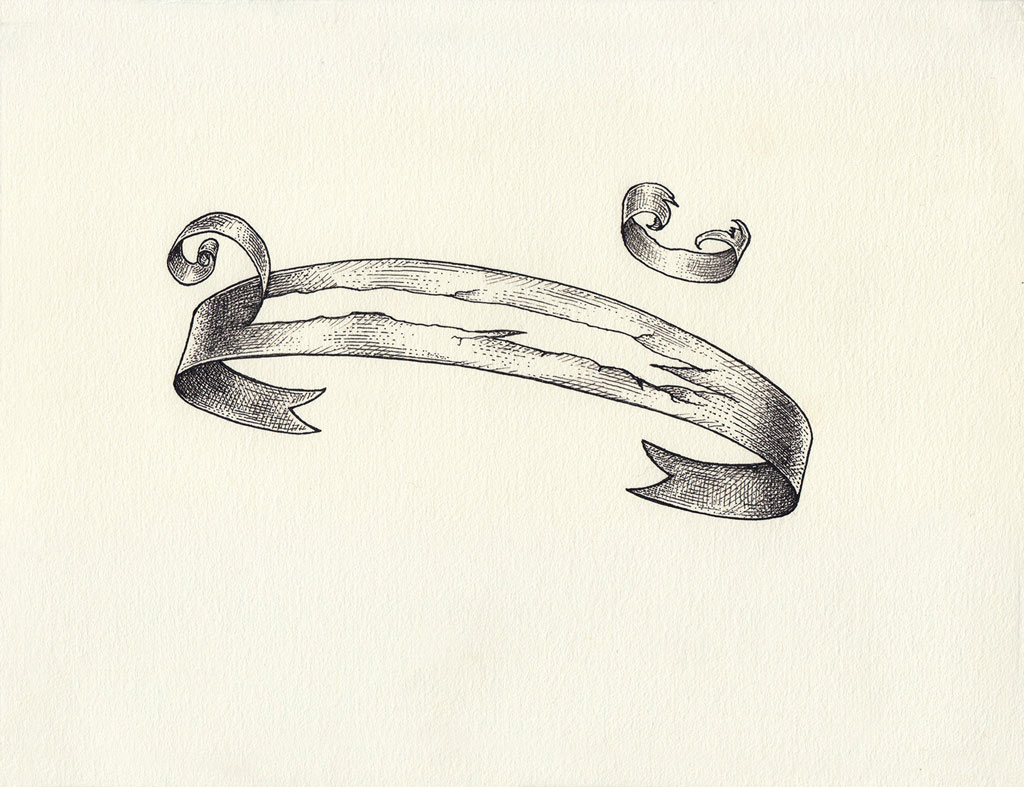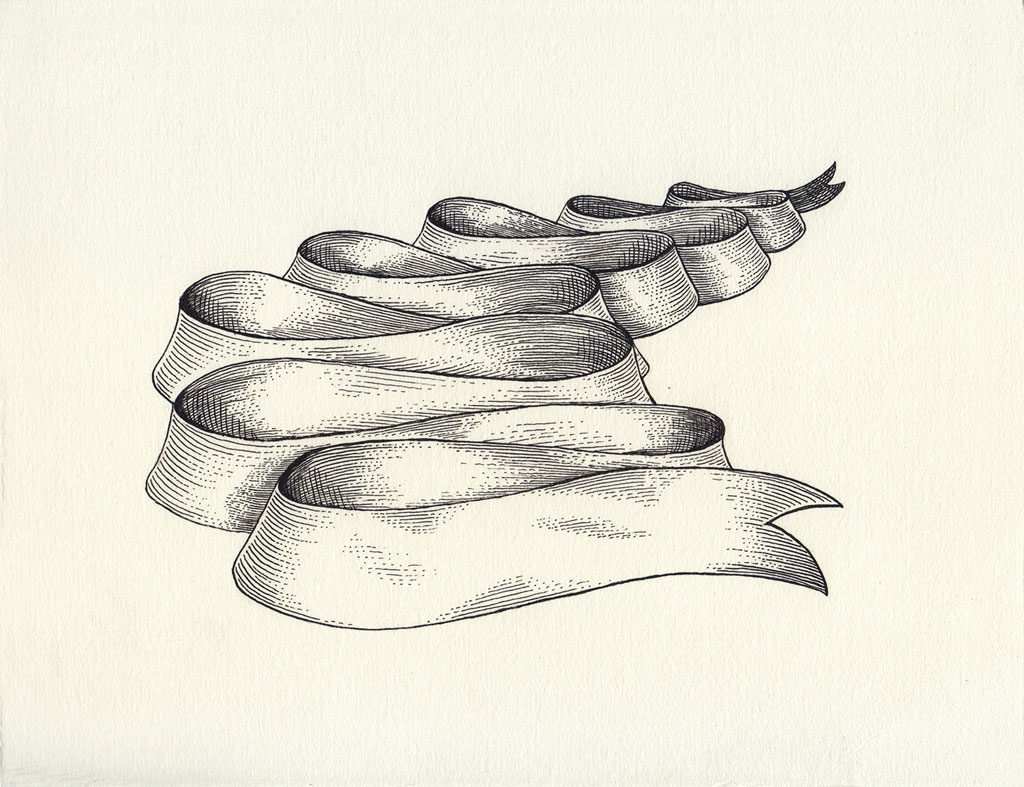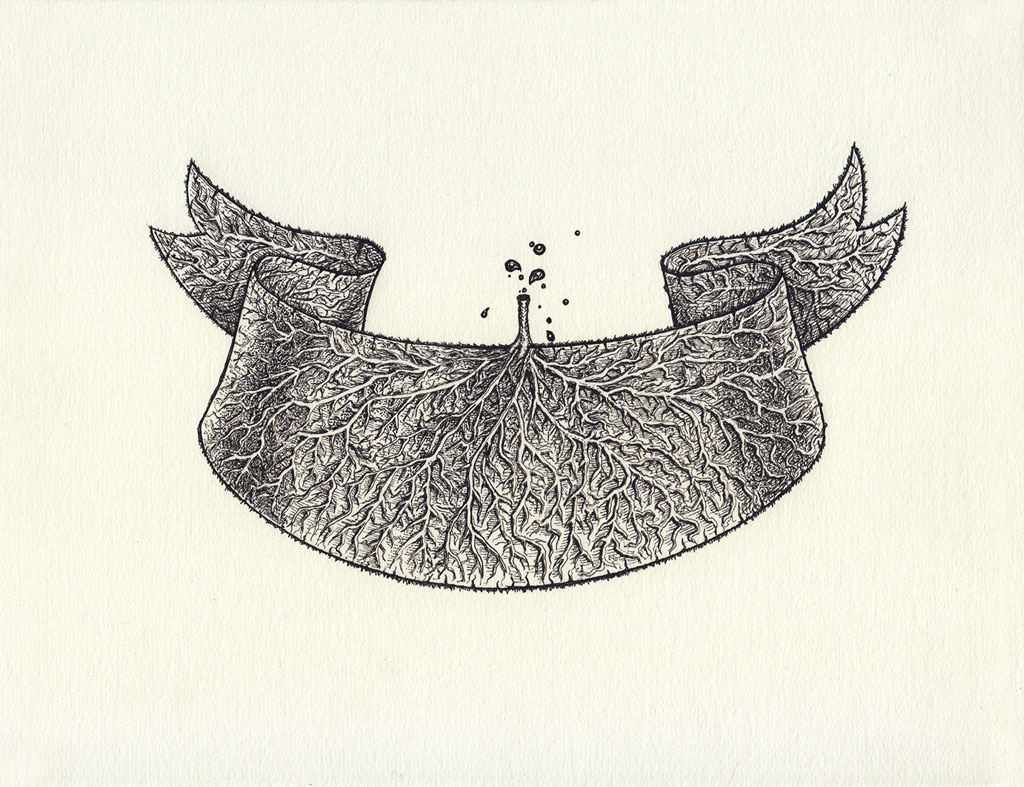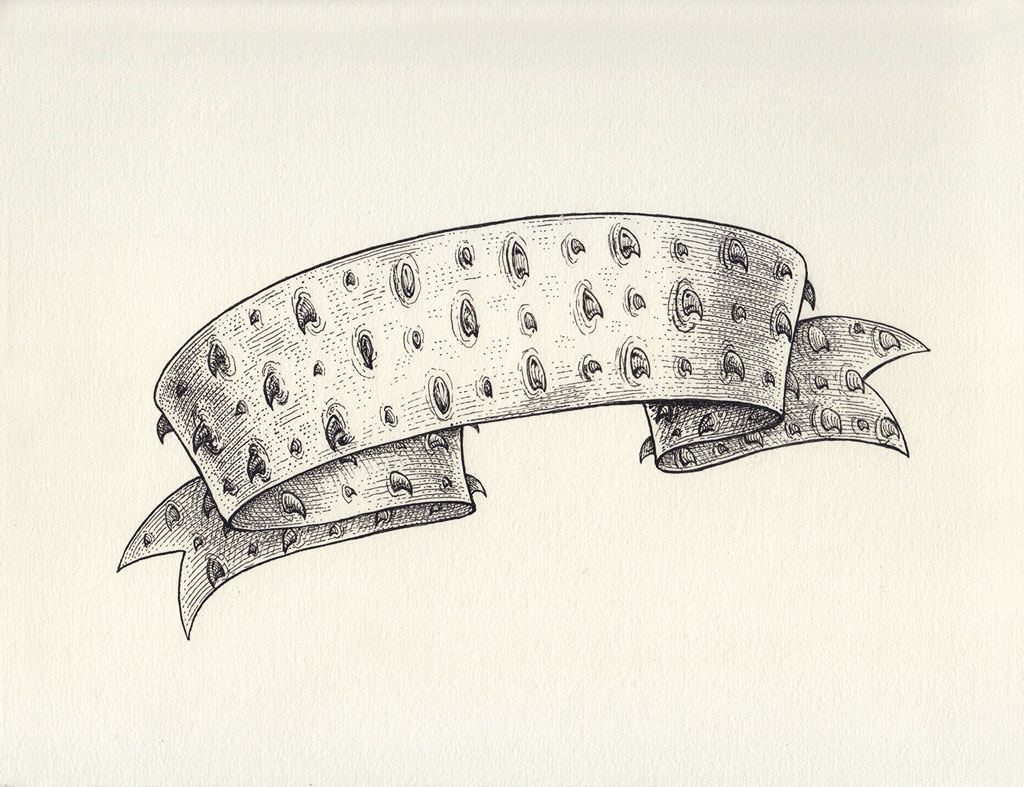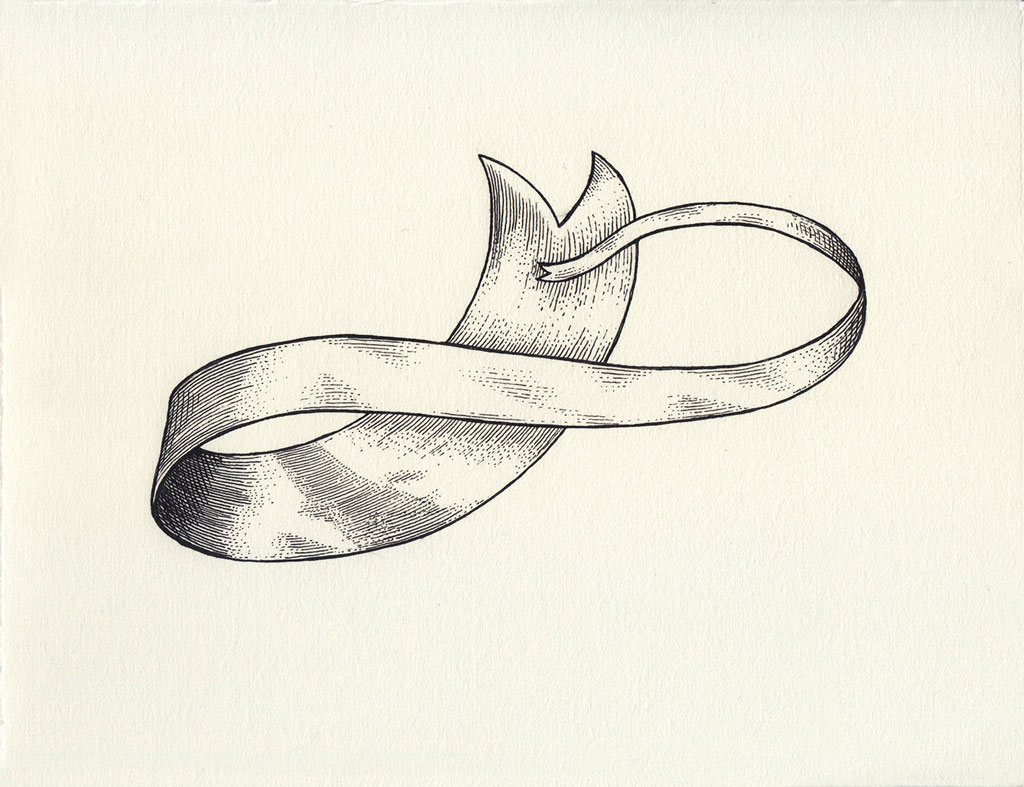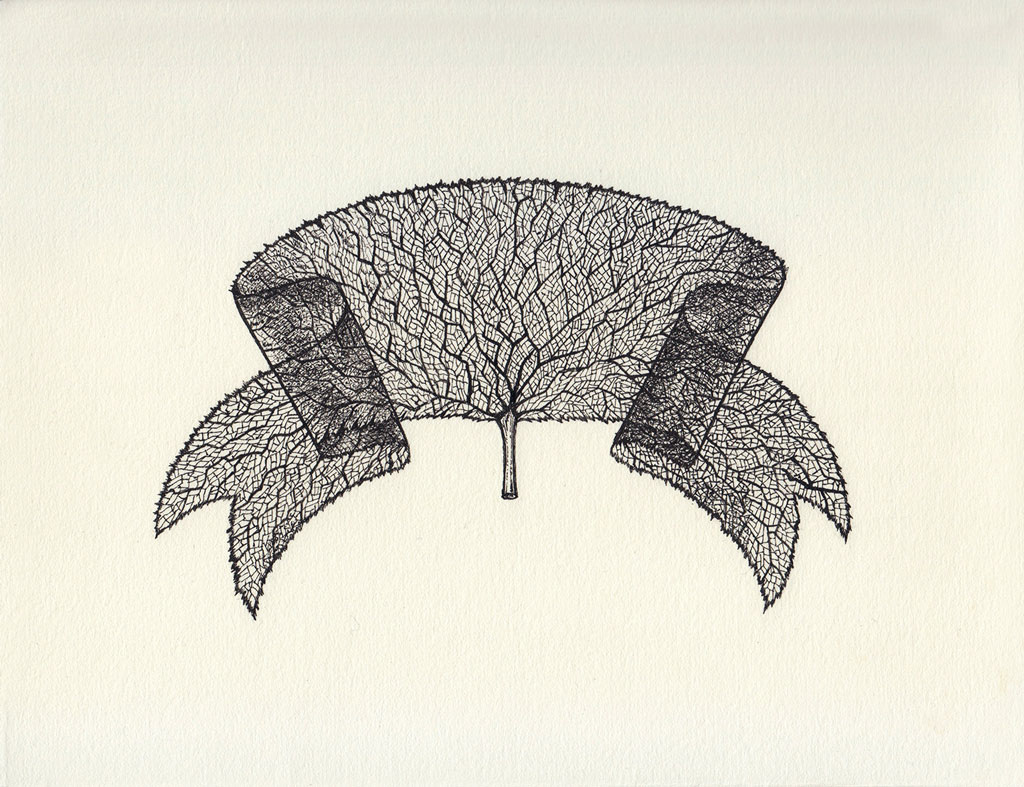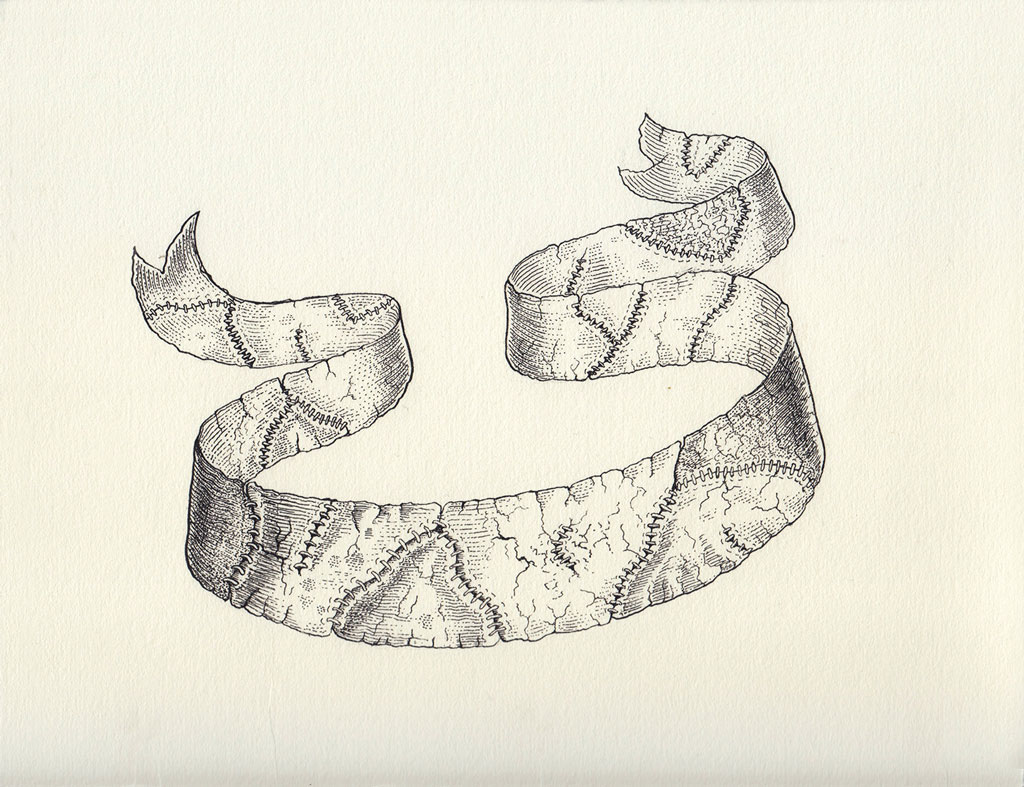ART-PRESENTATION: Renato Garza Cervera-Ideals,Part I
 Renato Garza Cervera’s body of work reflects on contemporary culture, politics, and social and environmental issues. Working with a variety of mediums Cervera aims to challenge aesthetic strategies that have become tropes in the international art market and the biennale circuit. While contemporary art and curatorial practices have taken a critical, educational turn since the 1990s, Garza Cervera believes that criticality nevertheless remains implicated in establishing certain trends and norms created by the system. His practice attempts to respond to this blind spot with a series of radical gestures (Part I).
Renato Garza Cervera’s body of work reflects on contemporary culture, politics, and social and environmental issues. Working with a variety of mediums Cervera aims to challenge aesthetic strategies that have become tropes in the international art market and the biennale circuit. While contemporary art and curatorial practices have taken a critical, educational turn since the 1990s, Garza Cervera believes that criticality nevertheless remains implicated in establishing certain trends and norms created by the system. His practice attempts to respond to this blind spot with a series of radical gestures (Part I).
By Efi Michalarou
Photo: Art Mûr Archive Archive
National emblems serve as patriotic symbols that, with distinguishing patterns, colors, shapes and designs, are meant to differentiate one country from another. Like the flags of some sovereign states, emblems suggest a sense of unity among those who identify with them. Emblematic signs can highlight common cultural, religious and linguistic affiliations within a nation and among others, as well as shared and imposed imperial histories with other countries. In the exhibition titled “Ideals”, Renato Garza Cervera strips emblems of identifying markers, keeping only their withered, torn ribbons. Some of these ribbons bear traces of scales, feathers and cracked soil that are a nod to the flora and fauna that represent particular nation-states. Others are riddled with bullet holes and arrows, as if to allude to the conflicts and the bloodshed involved in the making and unmaking of nations, in their rise and their downfall. Garza Cervera draws from the classifying functional aesthetics of 18th and 19tt Century scientific illustrations, a period that coincides with the rise of nationalism and European colonial expansion. These ribbons are represented in a series of ink drawings, and reproduced in 3D cut-outs on painted aluminum plates. Hung in a kinetic rotating installation named Scavenging Ideals, the ribbons fly and circle overhead like birds of prey. They hover above visitors, implying a looming threat. The ominous nature of the display, and the emptying out of official symbolic meaning from emblems, serve as a commentary on nationalistic ideals. Historians and postcolonial theorists have questioned the notion of a nation as having a fixed, essential identity for decades. But when surrounded by Garza Cervera’s flock of ribbons, one cannot help but think of the recent spike in nationalist movements and sentiments in the United States, the UK and other parts of the world. The exhibition aims to create a space where visitors can critically engage with the material presented. A stack of canonical books and foundational texts from the likes of Marx, Plato, Machiavelli, Shakespeare and others are placed under the installation. The publications selected represent pillars of Western modern thought, utopian ideals and political theory about the formation of nation-states. These paradigmatic works are within reach but remain closed, their contents inaccessible to visitors. The artist nevertheless views them as ‘life-giving organisms’ that open up possibilities for considering how language constructs certain social, political and religious narratives.
Info: Art Mûr, 5826 Rue St Hubert, Montréal, Québec, Duration: 2/3-27/4/19, Days & Hours: Tue-Wed 10:00-18:00, Thu-Fri 12:00-20:00, Sat 12:00-17:00, http://artmur.com
